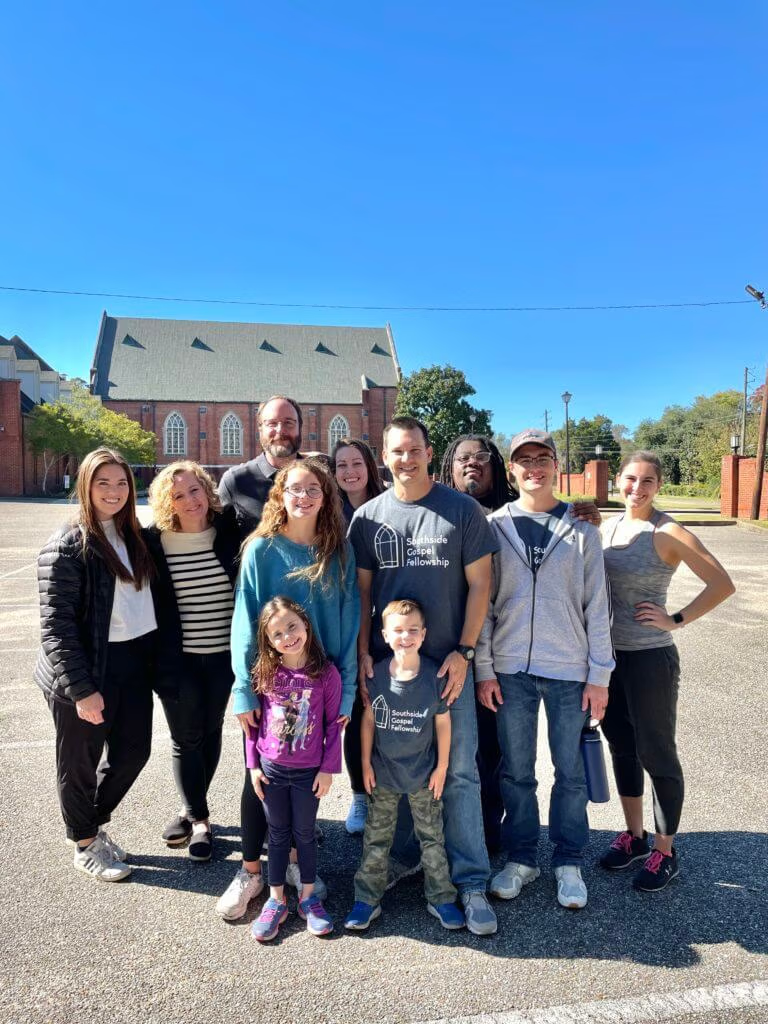In my first blog on generational marketing dynamics, I mentioned that I attended a faith-based conference which is what inspired this entire series. At the conference, there was a lot of discussion about how churches and faith-based organizations can reach the generations. Here are a few tips that I took away for generational marketing for faith-based organizations that you might appreciate.
The Importance of Generational Marketing for Faith-Based Organizations
In his book Generational IQ by Haydn Shaw, he emphasizes that generational differences are the largest challenges that faith-based organizations face. Generational intelligence is understanding the basic facts about each generation so you can take those into account when you plan for church or faith-based meetings. This, along with the information shared below was eye-opening to me. Our world has changed faster than ever before and faith-based organizations must keep up. As I learned what makes each generation unique, I connected the dots of digital marketing strategies that can be implemented to further our communication with digital marketing.
Content Focus for Faith-Based Organizations Based on Generational Dynamics
While these content suggestions were aimed primarily at youth, children’s, and family ministries, they can be applied to larger age groups also.
Keep all of these content focus suggestions in mind when crafting your digital media content as well as lesson plans. Practical applications of sharing these content suggestions are listed in the next section.
Teach them to question the world around them, but teach them to question how your faith responds to the problems with a faith-based worldview. These generations have a deep desire to see change happen around them and be a part of that change. Teaching them to question culture and how it relates to scripture will strengthen their faith. Their worldview is constantly changing and being questioned. Root them in faith and scripture.
A survey of the top 25 worship songs by Michael J. Rhodes brought to light the following:
Justice is mentioned one time. Mention of the “poor” is completely absent as well as widows, refugees, and orphans. Not a single question is ever posed to God. These are all subjects that are very important to our youth and are discussed in the headlines. Our youth need to know how our faith impacts these issues. They also need to understand that they can ask questions of their faith and find answers. For many, worship has been a show, a stage, or a performance rather than a connection.
Generations Z and Alpha resonate with the term “warrior” over “follower.” This does not mean that they are not in fact followers but instead emphasizes that you recognize that life is hard. The warrior mentality gives them confidence in an anxiety-filled world. They have been trained to research everything they read and hear and this can be overwhelming. Because of social media, these generations have a strong “tribe” mentality. Make sure the tribe they connect with most is yours.
Do not be discouraged if a lot of discussion does not happen in your small group settings. Be sure to send texts and ask open-ended questions on social media where your youth hang out. While they may not speak up in group time, they are more likely to respond digitally to you.
Since these generations prefer to respond digitally, be sure to dedicate time to allow them to ask questions. Be sure to accent the freedom they have to ask any question about the world today. They have a lot of heavy issues weighing on them and need a safe place to discuss with people they trust.
Finally, put more consideration into your church’s counseling programs and efforts. The younger generations are plagued by anxiety, depression, and heavy issues. They need all the help they can get.
Best Practices for Generational Marketing for Faith-Based Organizations
Be a part of their Instagram stories. (Even if you do not actually watch it or respond to it!) Let the stories play each day, your profile will show up that you have seen it and they will see that you saw it. It is important to them to feel seen in today’s world. The importance of leaders seeing them can be life-changing.
Posting on social media with multiple images in carousel form presents information in an easy-to-understand and engaging way. These generations respond to these small bits of wisdom shared in images.
Be sure to point to your content on social media in several ways. If you post an Instagram story, then share a post pointing to the story and also a reel. Re-post your TikTok videos on multiple platforms. Take advantage of all the options for sharing content like this. Their eyes need to see you many times to stand out amongst the bombardment of information they receive.
If your organization can take advantage of “adding to calendar” prompts for events, this will help youth and parents stay on top of what is happening. You must maintain parent engagement and partner with them in ministry. They must know what is happening to encourage their children to attend. Consider sharing your content in a dedicated Facebook group also.
We hope you have been inspired by these tips for marketing for faith-based organizations. Maybe today’s post didn’t apply to you. Next week I’ll be back with more information for businesses on how you can use generational marketing, followed by our last blog post for non-profits. Don’t forget to check out the first post in this series focused on the generational marketing dynamics or part two where we applied practical information for digital marketing to the generations.
I want to thank Dr. Shelly Melia for her fantastic presentation on “Generation Alpha” that inspired this post and series.


